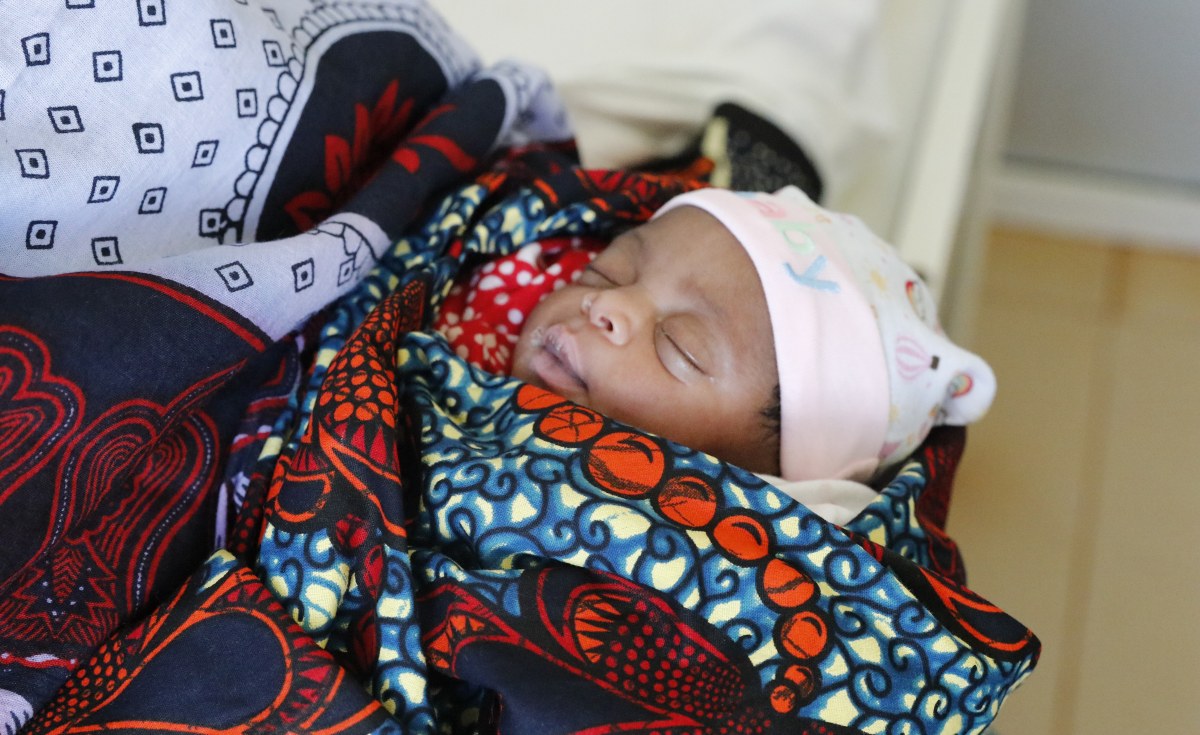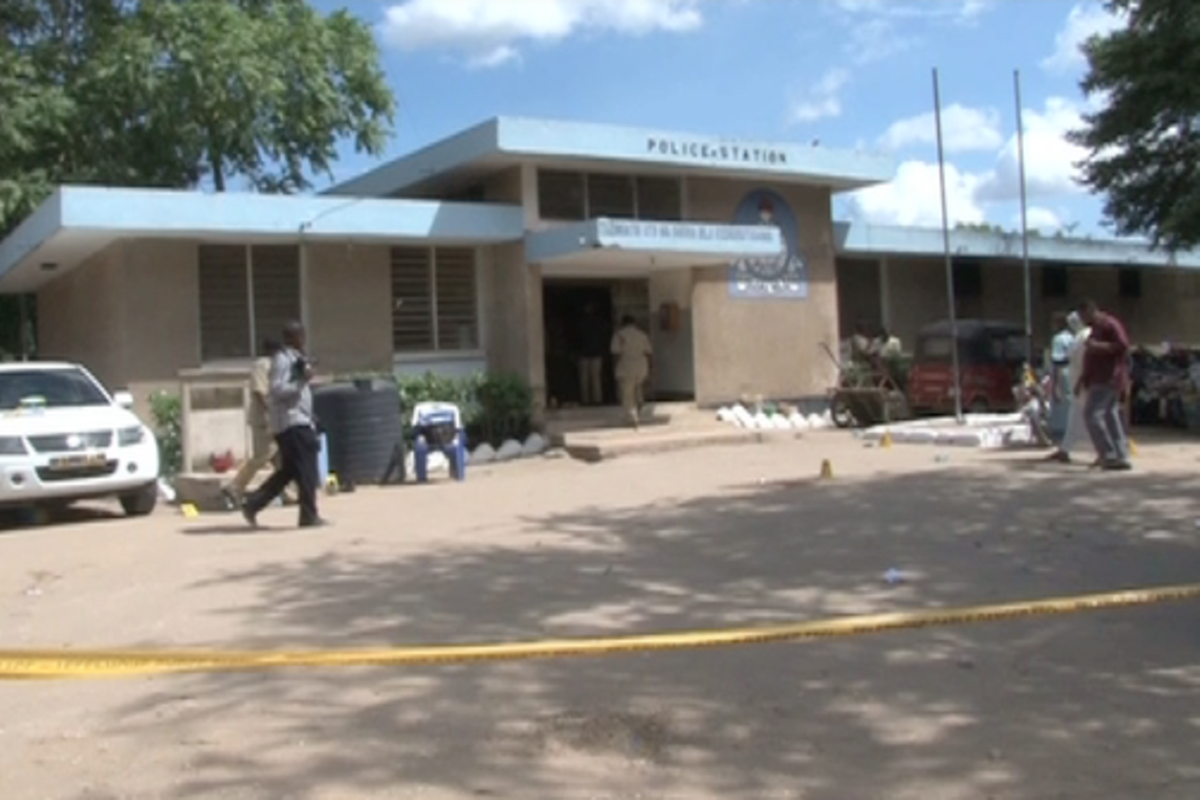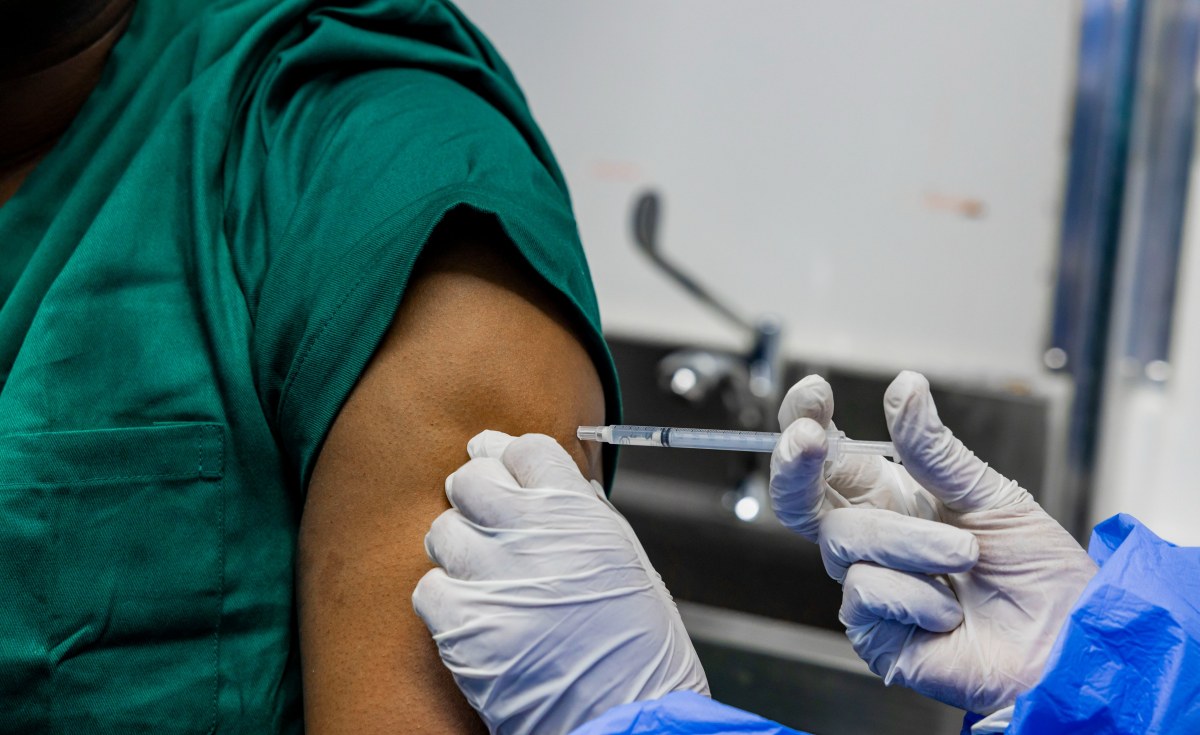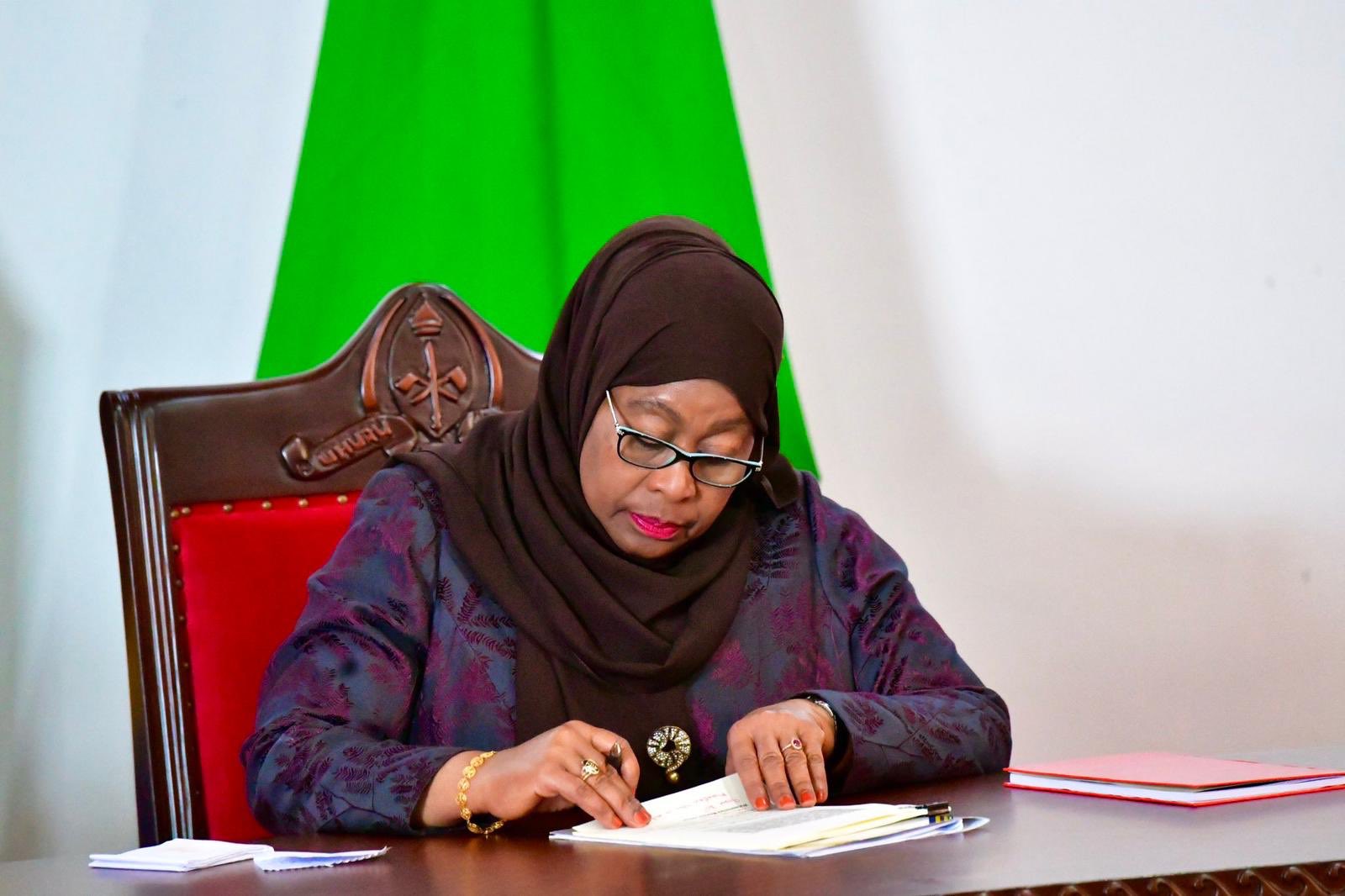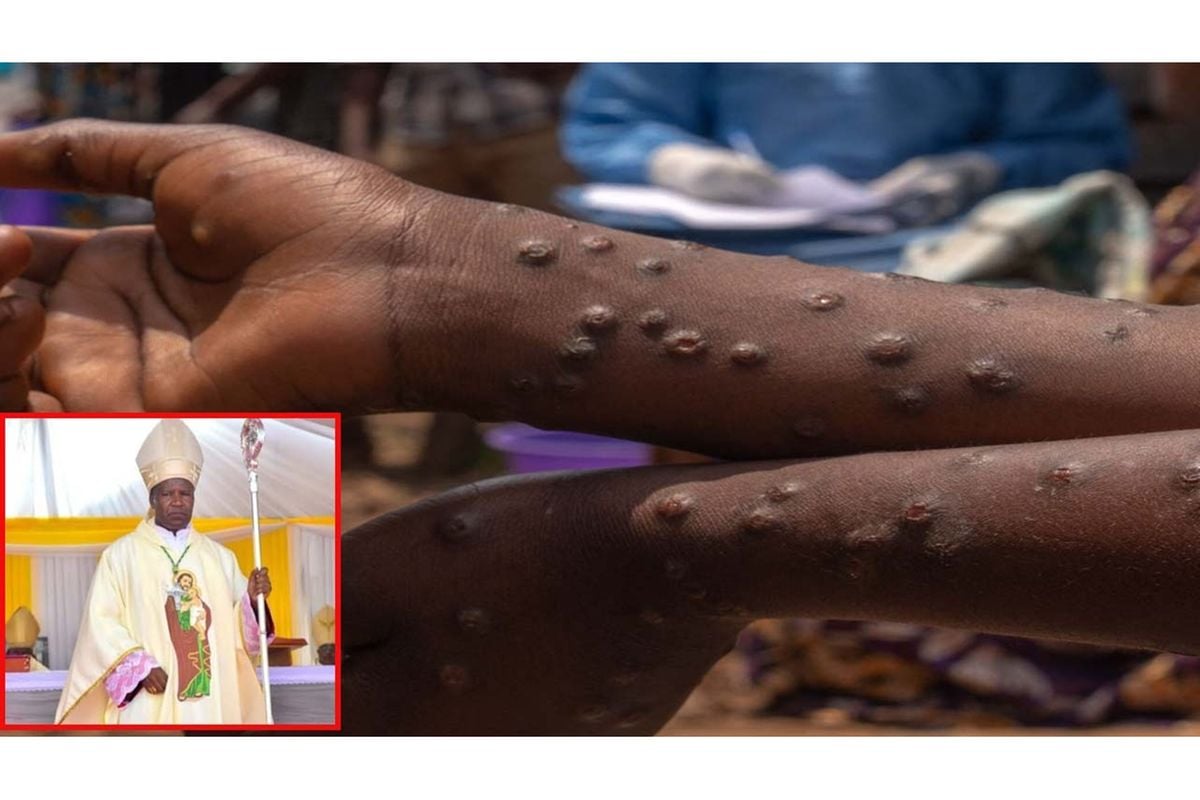
Dar es Salaam. The government has underscored importance of Public-Private Partnerships (PPPs) and community involvement in shaping the future of tourism in Tanzania.
Opening the tourism policy reform summit at Serena Hotel in Dar es Salaam today, Natural Resources and Tourism Minister, Dr. Pindi Chana said there’s a need of a collaborative framework that highlights the significance of PPP and community participation.
Dubbed, ‘Blue & Green: Making the Most of Tanzania’s Coast and Hinterland Ecosystems’, has been organized by the Tourism Confederation of Tanzania (TCT) in partnership Ministry of Natural Resources and EnviroSasa.
In her speech read by the Assistant Director of Tourism, Mr Phillip Chitaunga, Dr Chana said that collaboration is key, and pledged to explore how they could work together—government, tourism industry, and communities—to make this vision a reality.
“By aligning local, regional, and national priorities, we aim to create a tourism development model that is economically viable, environmentally responsible, and socially inclusive” Dr Chana emphasized.
Over the two days, the tourism policy reform summit that attracted nearly 100 stakeholders from both public and private sectors, will be engaging in the Blue-Green Program, which focuses on sustainable coastal and hinterland tourism development.
“Our vision is clear, to develop a tourism industry that not only celebrates our rich natural landscapes—from the pristine shores of the Indian Ocean to the lush and biodiverse hinterlands—but also ensures that these resources are preserved for future generations” she added.
At the same time, Dr Chana said there’s a need to ensure that local communities benefit directly from the opportunities that tourism provides, creating livelihoods and strengthening resilience.
The cabinet Minister said that the Summit would also assess tourism resources at the district level, exploring the potential for both marine and terrestrial tourism in specific zones.
In the final session the Summit will be dedicated to developing strategic proposals that align with Vision 2050, the Heshimu Bahari goals, and the Pamoja Framework, she noted.
“Together, we will outline actionable steps for integrating marine and coastal conservation into tourism planning—ensuring that our infrastructure is eco-friendly and that our tourism sector adapts to the challenges posed by climate change” Dr Chana explained.
Chairman of the Tourism Confederation of Tanzania (TCT), Mr Moustafa Khataw, said the summit is a pivotal moment to develop actionable strategies for sustainable development across the ecosystems, emphasizing economic growth, environmental conservation, and social inclusivity.
Mr Khataw said that TCT, as the apex body of the Tanzania tourism private sector associations, remains committed to bridging government efforts and private sector ambitions.
“By endorsing the PAMOJA framework, we advocate for a bottom-up approach in policy and planning, emphasizing community-led initiatives at the district level” he noted.
The move, Mr Khataw said, aligns with TCT strategic partnership with the Ministry of Natural Resources and Tourism and other key stakeholders.
“We are thrilled to advance dialogue on breaking traditional circuit-based tourism models, transitioning towards a more integrated travel route and regional approach” he noted
“I am confident that with collaborative effort and shared commitment, we can achieve the sustainable development goals laid out for Tanzania’s coast and hinterland” TCT Chief noted.
TCT Chief Executive Officer, Ms Lathifa Sykes said: “The ‘Blue & Green: Making the Most of Tanzania’s Coast and Hinterland Ecosystems’ event is set to be a pivotal moment in the transformation of Tanzania’s tourism industry, fostering collaboration, sustainability, and growth in alignment with the country’s long-term development goals”.
Attendees include representatives from the President’s Office, Planning Commission, the Ministry of Livestock and Fisheries, Coastal Region Heads, the Ministry of Finance and Planning, Tanzania Revenue Authority (TRA), and the Tanzania Investment Centre (TIC).
The summit lacked the presence of officials from National Environmental Management Council (NEMC), Tanzania Bureau of Standards (TBS) and Occupational safety and health (OSH).





